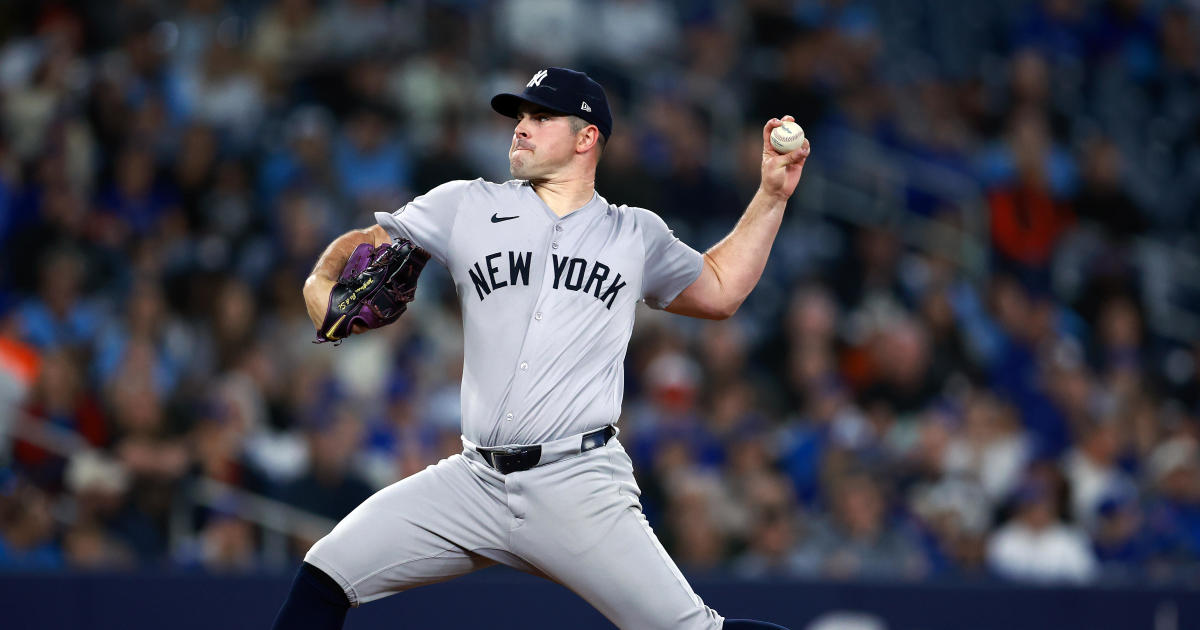Sports Plus: Analyzing Pitches And The Pitch Count
By Steve Kallas
I wrote a long analysis about a Phil Hughes loss against Tampa Bay and how he was simply unable or unwilling to throw a breaking ball for a strike with two strikes on a batter. His insistence on mainly throwing fastballs, especially with the count 2-2 or 3-2, allowed Matt Joyce of the Rays to sit on a fastball and turn an excellent Hughes start into a 3-2 Hughes loss.
And so it was (again) against the Toronto Blue Jays on Monday, August 25, as Hughes gave up two home runs on two (poorly located) fastballs with two strikes to Vernon Wells and Aaron Hill, respectively (to take the loss in a 6-3 Toronto win).
However, Hughes has shown a little improvement in throwing two-strike breaking balls. In this game, Hughes threw 36 pitches to batters with two strikes: 26 were fastballs (including a few cutters) and 10 were off-speed. Of those 10 off-speed pitches, five were for strikes and three resulted in outs (interestingly, all three outs were against John McDonald). This shows at least an attempt by Hughes to change his approach so hitters won't be sitting on fastballs when they have two strikes on them.
This will take some time, but it's the way for Hughes to go from a good major league pitcher to a star major league pitcher.
And it says here that the Yankees are going to need a good Hughes in the post-season, especially with their pitching problems now.
DID ANYBODY NOTICE THE MAJOR CHANGE IN PITCH COUNTS AT THE LITTLE LEAGUE WORLD SERIES?
No, nobody noticed. But make no mistake, probably due to the influence of Dr. James Andrews (and indirectly due to the noise made by Rick Wolff on his WFAN show, "The Sports Edge"), there was a major change in days of rest and pitch counts this year in Williamsport.
In 2007, 2008 and 2009, pitchers at the LL World Series only needed two days of rest after throwing 85 pitches in a game. So a pitcher could throw 85 on Tuesday, 85 on Friday and then 85 on Monday, a staggering 255 pitches in seven days. As I documented last year, no major league pitcher threw that many pitches in the same time span. In fact, in 2009, no major league pitcher threw as many pitches in four days as a number of Little Leaguers threw in Williamsport.
Let's compare: In 2009, Trae Cropp of the Midwest team threw 176 pitches in four days, Marcelo Martinez of Mexico threw 173 in four days and William Mansfield of the Northwest threw 162 in four days. No major league pitcher threw as many pitches in the same time span. Raymundo Berrones of Mexico threw 229 pitches in nine days. Only CC Sabathia and Tim Lincecum threw more. 12-year-old Berrones threw more pitches in that time frame than Matt Garza (198), Chris Carpenter (200), Mark Buehrle (201) and AJ Burnett (202).
Dr. Andrews must have understood this and Little League changer their rules in 2010 so that pitchers needed four days of rest (you know, like major league pitchers) after throwing 66-85 pitches. Here are the highest 2010 pitch counts in the final eight at Williamsport: Casey Manning (Northwest), 174 pitches in seven days, Mason Van Noort (Southwest), 169 in seven days and Natsuki Mizumachi (Japan), 165 in nine days.
While the huge change went unnoticed, this will protect the arms of young pitchers. To not give them the same amount of rest as major leaguers for many years (the two-day rule, which allowed 255 pitches in seven days (called "child abuse" by Dr. Tim Kremchek of the Cincinnati Reds) in the LL World Series, has been around for years) was absurd. Now, at least, during Little League games, these pitchers are protected.
But it is up to you, the parents of these young pitchers, to protect your own child if he plays in multiple leagues for multiple teams, despite the pressure that young pitchers will feel to pitch for different teams in different tournaments on very short rest.
The arm you save may be that of your own child.



